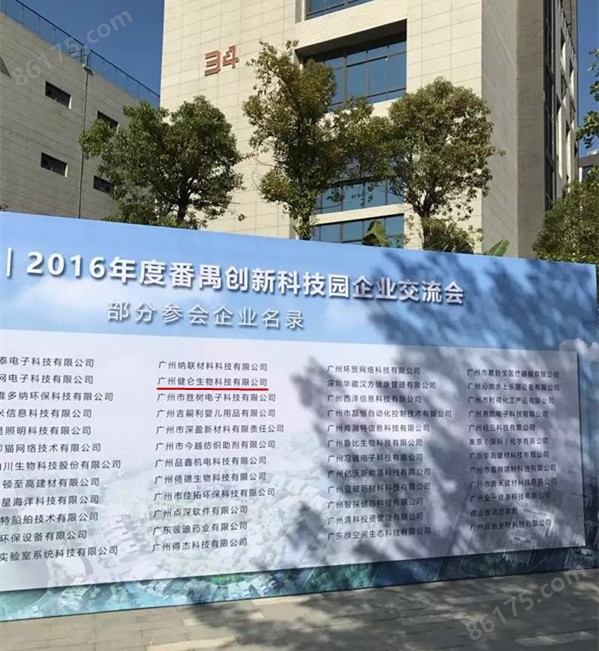請輸入產品關鍵字:
郵編:510660
聯系人:楊永漢
電話:86-020-82574011
傳真:86-020-32206070
手機:13802525278
留言:發送留言
個性化:www.jianlun45.com
網址:www.jianlun.com
商鋪:http://www.xldjsj.com/st199246/
【產品簡介】
【詳細說明】
果氏巴貝西蟲IgM免疫熒光試劑盒
Babesia microti IgM IFA Kit
廣州健侖生物科技有限公司
主要用途:用于檢測人血清中的果氏巴貝西蟲IgM抗體
產品規格:12 孔/張,10 張/盒
主要產品包括:包柔氏螺旋體菌、布魯氏菌、貝納特氏立克次體、土倫桿菌、鉤端螺旋體、新型立克次體、恙蟲病、立克次體、果氏巴貝西蟲、馬焦蟲、牛焦蟲、利什曼蟲、新包蟲、弓形蟲、貓流感病毒、貓冠狀病毒、貓皰疹病毒、犬瘟病毒、犬細小病毒等病原微生物的 IFA、MIF、ELISA試劑。
果氏巴貝西蟲IgM免疫熒光試劑盒
我司還提供其它進口或國產試劑盒:登革熱、瘧疾、西尼羅河、立克次體、無形體、蜱蟲、恙蟲、利什曼原蟲、RK39、漢坦病毒、深林腦炎、流感、A鏈球菌、合胞病毒、腮病毒、乙腦、寨卡、黃熱病、基孔肯雅熱、克錐蟲病、違禁品濫用、肺炎球菌、軍團菌、化妝品檢測、食品安全檢測等試劑盒以及日本生研細菌分型診斷血清、德國SiFin診斷血清、丹麥SSI診斷血清等產品。
歡迎咨詢
歡迎咨詢2042552662

| JL-FL38 | parkeri立克次體IgG ELISA | R. parkeri IgG ELISA Kit |
| JL-FL39 | montanensis立克次體IgG ELISA | R. montanensis IgG ELISA Kit |
| JL-FL40 | EB病毒衣殼IgG免疫熒光玻片試劑盒 | EBV Viral Capsid IgG IFA Kit |
| JL-FL41 | EB病毒衣殼IgM免疫熒光玻片試劑盒 | EBV Viral Capsid IgM IFA Kit |
| JL-FL42 | EB病毒早期抗原IgG免疫熒光玻片試劑盒 | EBV Early Antigens IgG IFA Kit |
| JL-FL43 | 鉤端螺旋體IgG免疫熒光試劑盒 | Leptospira IgG IFA Kit |
| JL-FL44 | 鉤端螺旋體IgM免疫熒光試劑盒 | Leptospira IgM IFA Kit |
| JL-FL45 | 果氏巴貝西蟲免疫熒光玻片 | Babesia microti IFA Substrate slide |
| JL-FL46 | 果氏巴貝西蟲IgG免疫熒光試劑盒 | Babesia microti IgG IFA Kit |
| JL-FL47 | Babesia microti IgM IFA Kit | |
| JL-FL48 | 埃立克體IgG微量免疫熒光試劑盒 | Ehrlichia canis Canine IFA IgG Kit |
| JL-FL49 | 包柔氏螺旋體菌IgG免疫熒光試劑盒 | Borrelia IgG IFA Kit |
| JL-FL50 | 布魯氏菌IgG免疫熒光試劑盒 | Brucella IgG IFA Kit |
| JL-FL51 | 里氏新立克次體IgG免疫熒光試劑盒 | Neorickettsia risticii IgG IFA Kit |
| JL-FL52 | 弓形蟲IgG免疫熒光試劑盒(檢測貓) | Toxoplasma IFA Feline IgG Kit |
| JL-FL53 | 弓形蟲IgG免疫熒光試劑盒(檢測狗) | Toxoplasma IFA Canine IgG Kit |
二維碼掃一掃
【公司名稱】 廣州健侖生物科技有限公司
【】 楊永漢
【】
【騰訊 】 2042552662
【公司地址】 廣州清華科技園創新基地番禺石樓鎮創啟路63號二期2幢101-3室
【企業文化】


美國斯坦福大學醫學院的科研人員發現,這種稱為Myc的蛋白質通過一種稱為微RNA的微小的調控分子起作用,抑制這些基因的表達。這標志著Myc控制的基因的一個子集*被發現是這種蛋白質的致癌功能的關鍵參與者,并且提示了對于Myc依賴型癌癥的新的治療靶標。
“這是思考微RNA以及染色質包裝在癌癥中的作用的一種不同的方式,”這項研究的*作者、醫學博士、理學博士、腫瘤學與病理學教授Dean Felsher說。“我們非常吃驚地發現一種微RNA的過度表達可能模仿Myc的致癌效應。”*作者是該校教師、醫學博士、理學博士Yulin Li。
這組科研人員識別出的這些基因制造蛋白質從而管理細胞通過分裂進行自我更新、進入一種稱為衰老的休息狀態,或者通過細胞程序化抗原抗體永遠退役。這些過程的精細控制對于控制或清除可能危險的腫瘤細胞是必要的。
為Myc蛋白編碼的基因是*的強致癌基因——致癌基因是用于描述突變或不正常表達的時候會導致癌癥的基因的一個術語。它調控著一個細胞的大約1萬個基因和微RNA的表達。科學家長久以來知道,讓Myc失去活性或者阻斷它的表達,能夠導致依賴Myc的癌細胞停止生長或死亡,還會導致患Myc依賴型實體癌的小鼠的腫瘤消退。這種依賴現象稱為癌基因成癮。
微RNA是小型的RNA分子(只有大約22個核苷酸),它和Myc一樣,可以調控基因表達。此前的研究已經證明了Myc過度表達導致了稱為miR-17-92的一族微RNA的水平增加。
“多年來人們已經知道myc調控著微RNA的表達,” Felsher說。“但是不清楚這與Myc的致癌功能的關系是怎樣的。”
Researchers at the Stanford University School of Medicine in the United States found that this protein, known as Myc, acts through tiny regulatory molecules called microRNAs that suppress the expression of these genes. This marks the first time that a subset of Myc-controlled genes has been found to be a key player in the oncogenic function of this protein and suggests new therapeutic targets for Myc-dependent cancers.
"This is a different way of thinking about the role of microRNAs and chromatin packaging in cancer," said Dean Felsher, a senior author of the study, MD, PhD, professor of oncology and pathology. "We were very surprised to find that overexpression of a microRNA might mimic Myc's oncogenic effect." The lead author was Yulin Li, MD, Ph.D., the school's teacher.
The genes identified by the group of researchers make proteins that governs cell self-renewal by cleavage, into a state of rest called aging, or permanent retiring by a programmed antigen-antibody. Fine control of these processes is necessary to control or eliminate potentially dangerous tumor cells.
The gene that codes for Myc protein is a well-known strong oncogene - an oncogene is a term used to describe a gene that causes cancer when mutated or abnormally expressed. It regulates the expression of about 10,000 genes and microRNAs in a cell. Scientists have long known that inactivating Myc or blocking its expression can cause Myc-dependent cancer cells to stop growing or die, as well as tumor regression in mice with Myc-dependent solid cancers. This phenomenon of dependence is called oncogene addiction.
MicroRNAs are small RNA molecules (only about 22 nucleotides in length) that, like Myc, regulate gene expression. Previous studies have demonstrated that Myc overexpression leads to increased levels of a family of microRNAs called miR-17-92.
"It has been known for years that myc regulates microRNA expression," Felsher said. "But it is unclear what the relationship is with Myc's oncogenic function."


 QQ交談
QQ交談 MSN交談
MSN交談
